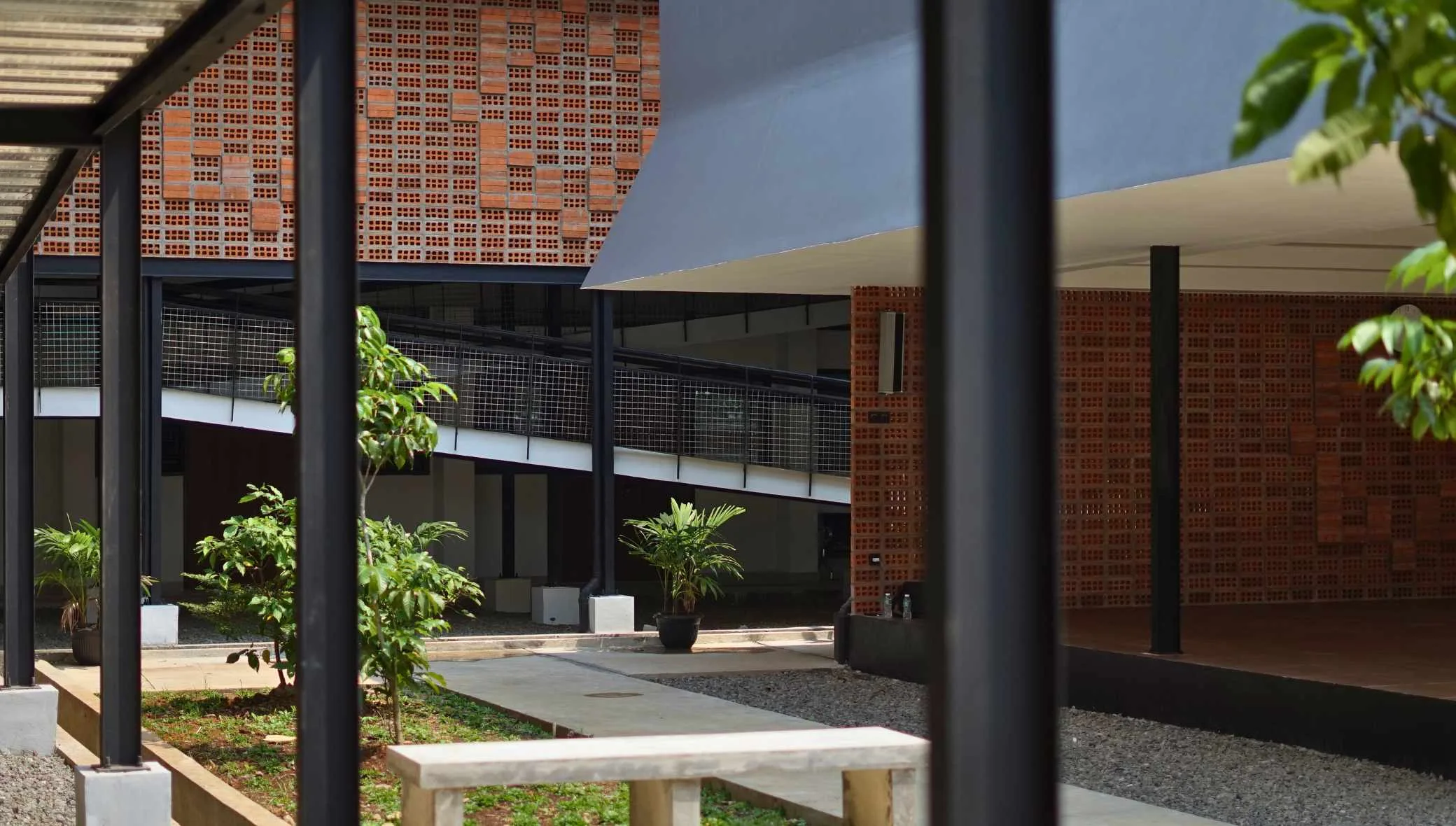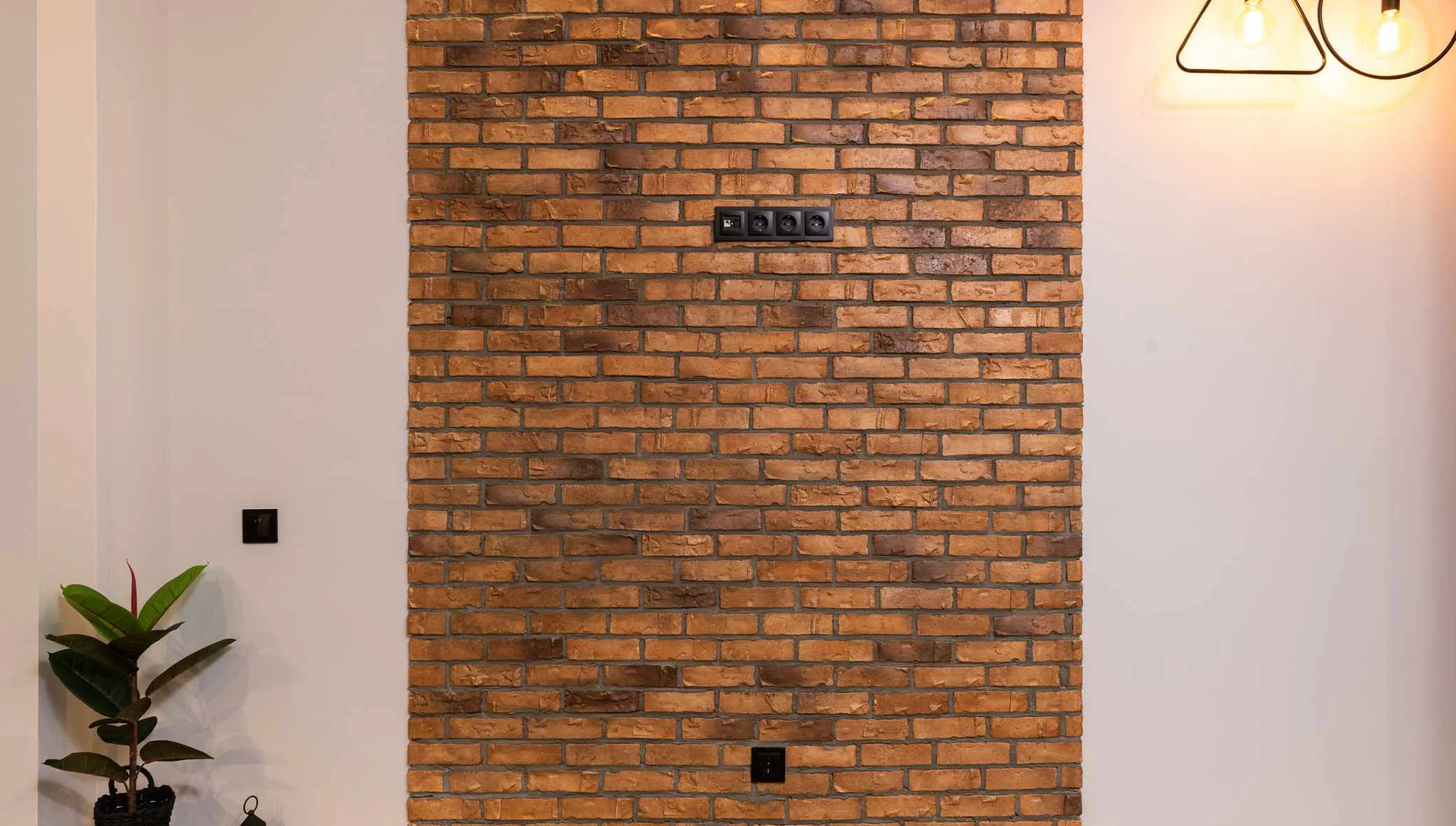
Introduction
In the era of advanced building materials, brick remains a timeless choice in modern architecture. Known for its durability, aesthetic appeal, and sustainability, brick continues to be a go-to material for architects and designers worldwide, including in Indonesia’s growing urban landscape.
As the demand for eco-friendly and energy-efficient buildings rises, brick proves to be an ideal solution. This article explores the top five benefits of using brick in modern architecture and why it remains a superior building material, especially in cities like Jakarta, Bogor, Depok, Tangerang, and Bekasi (Jabodetabek).

1. Unmatched Durability and Structural Strength
Brick has been used for centuries due to its exceptional strength and resilience. It withstands extreme weather conditions, including Jakarta’s heat and heavy rains, without deteriorating over time.
Unlike other materials that may warp or decay due to humidity, brick maintains its structural integrity, reducing long-term maintenance costs. This makes it a cost-effective choice for both residential and commercial buildings in Indonesia.
2. Aesthetic Versatility for Various Architectural Styles
Beyond its strength, brick offers a wide range of design possibilities. Whether for modern minimalist homes, industrial-style cafes, or contemporary commercial spaces, brick enhances the architectural appeal.
With various textures, colors, and installation patterns, brick allows architects to create visually striking facades. When combined with glass, wood, or metal, it adds a sophisticated yet natural look—perfect for urban developments in Jabodetabek.
3. Energy Efficiency and Thermal Comfort
Brick has a high thermal mass, meaning it absorbs heat slowly and releases it gradually. This helps regulate indoor temperatures, reducing the need for air conditioning or heating systems, which is crucial in Indonesia’s tropical climate.
By using brick, homeowners and businesses can significantly lower their energy consumption, leading to reduced electricity bills and a more sustainable lifestyle.
4. Eco-Friendly and Sustainable Material
Compared to concrete or steel, brick is an environmentally friendly choice. Made from natural clay, it is non-toxic, recyclable, and has a lower carbon footprint.
In Jabodetabek, where sustainable urban planning is becoming a priority, the use of brick aligns with green building practices. Additionally, its longevity reduces construction waste, making it an excellent choice for eco-conscious architects and developers.
5. Low Maintenance and Cost-Effective Investment
One of the most significant advantages of brick is its minimal maintenance requirements. Unlike painted walls that need frequent touch-ups, brick surfaces do not fade or peel over time.
If damage occurs, repairs are simple—individual bricks can be replaced without demolishing entire sections. This makes brick a practical and economical choice for long-term property investment.
Conclusion
Brick remains one of the best building materials in modern architecture due to its durability, aesthetic flexibility, energy efficiency, and sustainability.
Whether for residential, commercial, or public infrastructure, brick provides a timeless appeal and functional advantages. For developers and homeowners in Jabodetabek, it offers a long-lasting and eco-friendly solution to urban construction needs.
If you’re looking for a strong, energy-efficient, and low-maintenance material, brick is an investment that stands the test of time.



